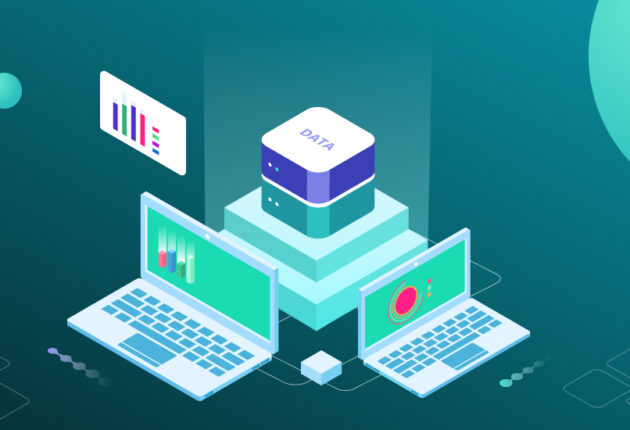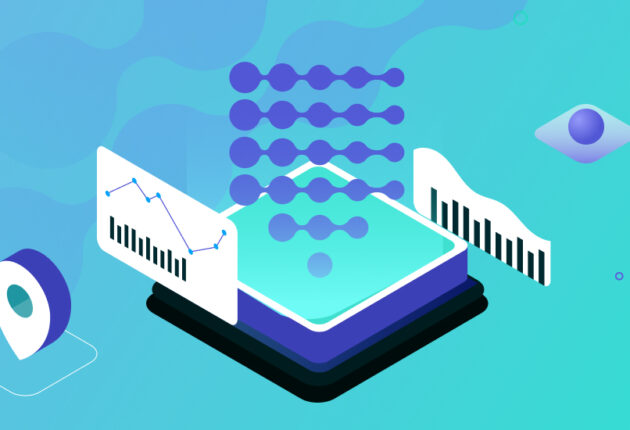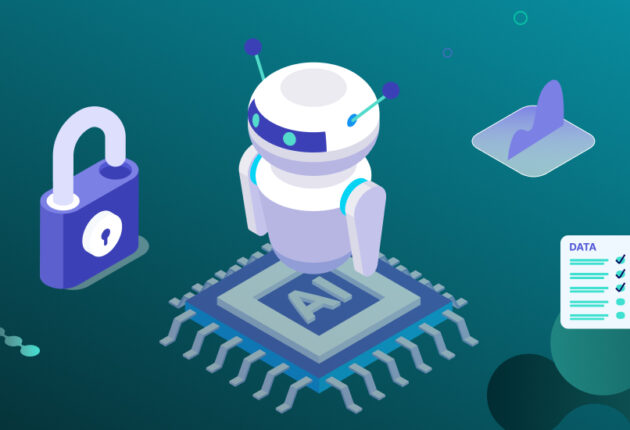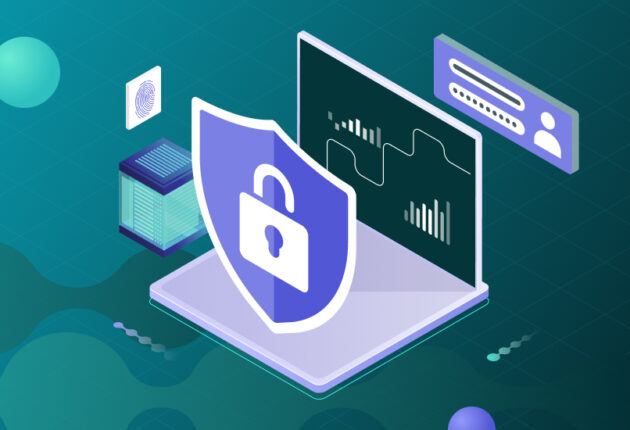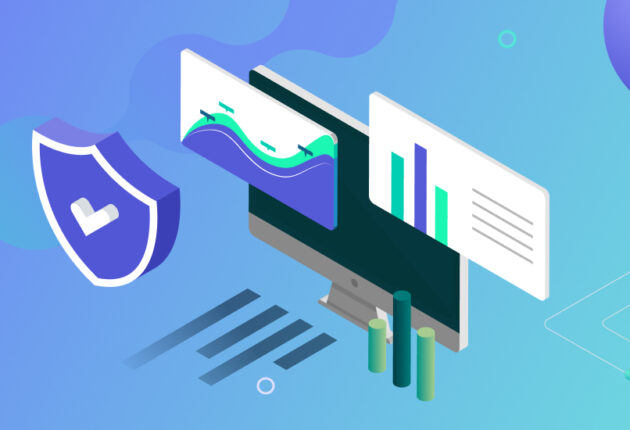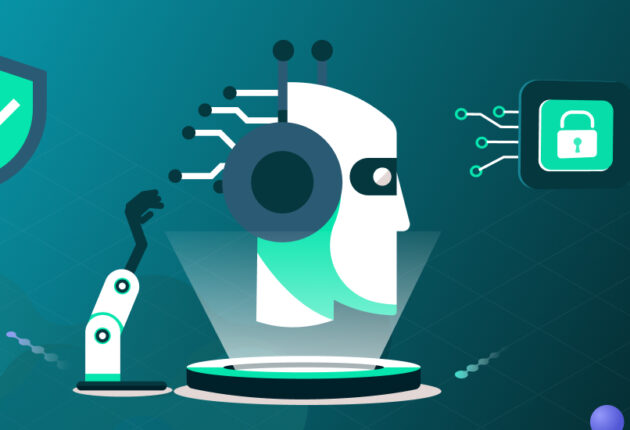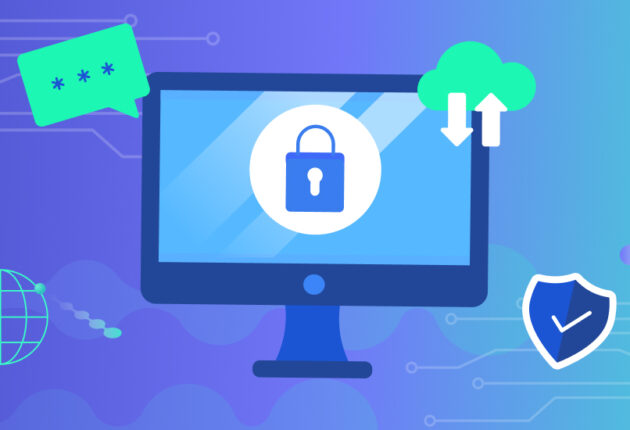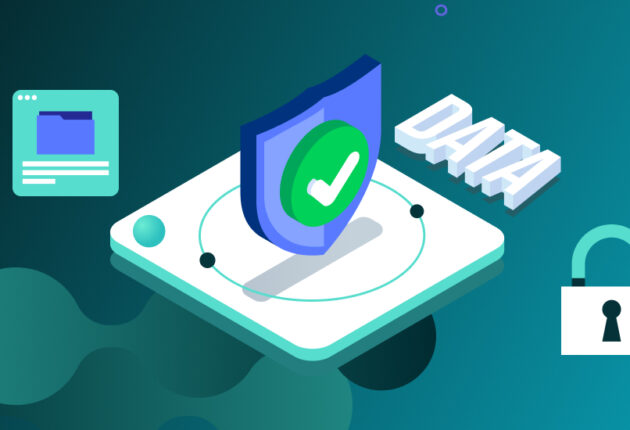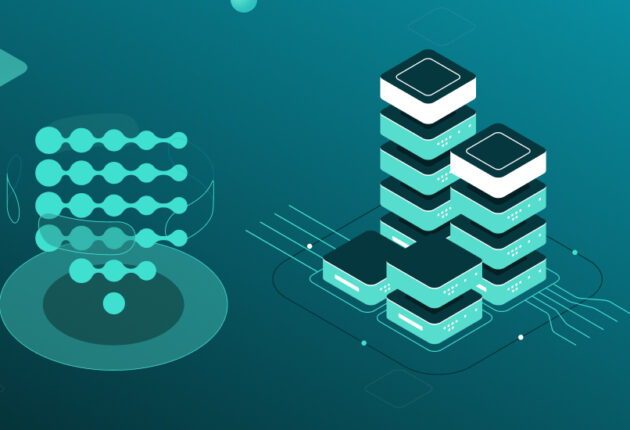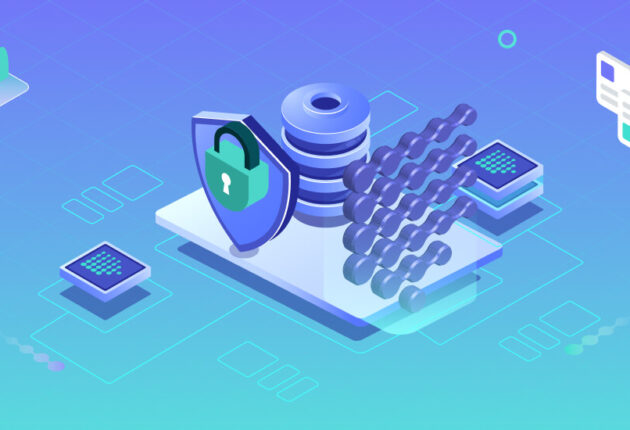Building robust models with Differential Privacy: a detailed guide to methods and best practices
As data becomes increasingly central to decision-making, innovation, and progress, safeguarding sensitive information has never been more pressing. In today’s data-driven world, organizations and researchers face a paradoxical challenge: harnessing the immense value of data while ensuring robust privacy protection for individuals. Traditional approaches to data anonymization, such as removing personally identifiable information (PII), have proven inadequate. Enter differential privacy (DP), a concept that promises to revolutionize how we approach data privacy and enable the development of robust models that strike a delicate balance between utility and protection. This article will explore the methods, best practices, and algorithmic foundations of differential privacy. We will look at how differential privacy is revolutionizing large language models, deep learning, and machine learning.
In this article:
- What is data, and where does it come from?
- What is Differential Privacy?
- Algorithmic foundations of Differential Privacy
- Best practices for implementing Differential Privacy
- Real-life examples of Differential Privacy
- Conclusion
What is data, and where does it come from?
Data are the facts or statistics collected for reference or analysis.1 Data is created every second, both online and offline, and it is created through a combination of automated generation, active collection, manual entry, and purposeful creation processes, depending on the specific context and requirements of the organization or research project. For example, data is generated through various activities, processes, or events such as business processes (e.g., sales transactions, customer interactions), online activities (e.g., website visits, social media interactions), sensor data from devices or machines, and experiments or observations in scientific research.2
Data can also be actively collected through different methods, such as forms (web forms, customer intake forms, surveys), interviews or focus groups, and direct observation (e.g., observing user interactions with a product). In certain domains like computer vision, data creation involves carefully crafting datasets tailored to specific use cases. This may involve filming videos or capturing images in controlled environments.3
Data provides businesses with invaluable insights to optimize operations, understand customers, make informed decisions, drive innovation, manage risks, and ultimately gain a competitive edge.4 Data is extremely important for businesses for several key reasons:
- Improving processes and performance: analyzing data can highlight inefficiencies or bottlenecks in business processes, enabling streamlining and optimization to reduce time, resources, and waste. Data provides insights into mapping and understanding the performance of teams, individuals, and suppliers against targets and goals.5
- Better decision-making: data provides real-time intelligence and facts to make more informed, evidence-based strategic decisions rather than relying on assumptions or gut feelings. It allows leaders to make lower-risk decisions, avoid ineffective strategies, and proactively anticipate and manage problems or risks.6
- Understanding customers: customer data like demographics, geographic locations, behaviors, and preferences help businesses deeply understand their target markets. This enables better targeting of marketing initiatives, product development aligned with customer needs, and improving customer experience and loyalty.7
- Gaining competitive advantage: data analytics allows companies to identify market trends, customer needs, and gaps ahead of competitors. It facilitates innovation by helping develop new products/services to meet emerging demands. Companies leveraging data-driven insights tend to experience higher revenues and productivity.8
- Risk management and adaptability data help manage uncertainty, make evidence-based plans, and quickly adapt strategies as situations change. It allows tracking of competitor actions to remain competitive and make necessary pivots.9
Data Peace Of Mind
PVML provides a secure foundation that allows you to push the boundaries.

What is Differential Privacy?
Differential privacy is a rigorous mathematical framework that provides strong privacy guarantees for individuals’ data while enabling valuable insights to be derived from aggregate statistics. At its core, differential privacy introduces carefully calibrated noise or randomness into the data, ensuring that the presence or absence of any individual’s information has a negligible impact on the overall results.
To better understand how differential privacy functions, we will use an example drawn from our blog post: “The Impact of Privacy Preserving Technologies on Data Protection.” Let’s consider a hypothetical study investigating human inclinations toward sensitive topics, such as stealing. Traditional surveys that directly ask individuals whether they would steal something from an unattended shop if they could get away with it face significant challenges. Participants may hesitate to disclose controversial information, fearing judgment or potential consequences. If someone were to admit to stealing outright, they might be apprehensive about the information being leaked, making it challenging to obtain truthful responses.
Differential privacy addresses this issue through a method known as randomized response. In this approach, participants are given a degree of privacy, allowing them to respond truthfully while maintaining plausible deniability. Here’s how it works. Participants privately flip a coin twice. If the first coin flip results in a head, they answer the sensitive question honestly. However, if it lands on tails, they answer based on the second coin flip—responding with either a yes or no. This introduces an element of randomness. Differential privacy adds noise to responses, providing plausible deniability for individuals (the ability to deny any involvement in illegal or unethical activities because there is no clear evidence to prove involvement) while allowing researchers to estimate the true distribution because the method preserves the overall dataset properties.
The core idea of differential privacy lies in strategically adding the least amount of noise to data and queries to yield accurate results with optimal privacy protection (see also the section “Differential Privacy and the Privacy Gradient” in our article “The Most Common Data Anonymization Techniques”).
This innovative approach has garnered significant attention from tech giants (as we will see in our examples below), academic institutions, and privacy advocates alike, as it offers a principled way to quantify and manage the privacy risks associated with data analysis. By providing a formal definition of privacy and a set of algorithms for achieving it, differential privacy empowers organizations to navigate the complex landscape of data privacy while unlocking the full potential of their data assets. Dr. Cynthia Dwork, a renowned cryptographer and differential privacy pioneer, defines differential privacy as “the gold standard definition of privacy protection when analyzing data about individuals.”
Algorithmic foundations of Differential Privacy
As we have seen in our example above, the algorithmic foundations of differential privacy are rooted in the concept of adding controlled noise to the data or the analysis results. This noise is carefully calibrated to obscure individual-level information while preserving the overall statistical properties of the data.
Two key algorithms form the backbone of differential privacy:
- The Laplace mechanism is used for numerical data and works by adding noise drawn from the Laplace distribution to the true result of a query. The amount of noise added is proportional to the sensitivity of the query, which measures how much a single individual’s data can influence the query result.
- The exponential mechanism is used for non-numerical data, such as categorical or ordinal data. It works by selecting an output from a set of possible outputs, with the probability of selecting each output being exponentially biased towards outputs that are “closer” to the true result, as measured by a utility function.
These algorithms, along with various composition theorems and advanced techniques like the sparse vector technique and the matrix mechanism, form the algorithmic toolkit for achieving differential privacy in a wide range of applications.
Differential Privacy in large language models
Large language models (LLMs) have revolutionized the field of natural language processing, enabling remarkable capabilities in tasks such as text generation, translation, and question-answering. However, training these models on vast amounts of data raises significant privacy concerns, as the training data may contain sensitive or personal information.
Differential privacy has emerged as a powerful solution to address these privacy risks in LLMs. By applying differential privacy techniques during the training process, researchers and developers can ensure that the model’s outputs do not reveal specific details about individuals present in the training data.
One prominent example of differential privacy in LLMs is the work done by OpenAI on their GPT-3 and 4 models. By leveraging differential privacy, OpenAI was able to train GPT-3 and 4 on a diverse corpus of data while providing strong privacy guarantees, enabling the model to generate high-quality text without compromising individual privacy.
Deep learning with Differential Privacy
Deep learning, a subset of machine learning that utilizes artificial neural networks, has been instrumental in driving breakthroughs across various domains, from computer vision and natural language processing to healthcare and finance. However, the training of deep learning models often involves large datasets, raising privacy concerns like those faced by LLMs.
Differential privacy techniques have been adapted to address these privacy risks in deep learning. One approach is to apply differential privacy during the training process by adding noise to the gradients used in the optimization algorithm. This noise is carefully calibrated to ensure that the model’s outputs do not reveal sensitive information about individual data points while preserving the model’s overall accuracy and performance.
Another approach is to apply differential privacy to the model’s outputs, ensuring that the predictions or classifications made by the model do not leak sensitive information about the individuals in the training data.
According to Dr. Ilya Mironov, Research Scientist at Google AI: “Differential Privacy is a powerful tool for enabling deep learning on sensitive data while providing rigorous privacy guarantees.”
Differential Privacy in machine learning
Beyond deep learning, differential privacy has found applications across various domains of machine learning, including supervised learning, unsupervised learning, and reinforcement learning.
In supervised learning, differential privacy can be applied to tasks such as classification and regression, ensuring that the trained models do not reveal sensitive information about individual data points. This is particularly important in domains such as healthcare, where patient data must be rigorously protected.
In unsupervised learning, differential privacy can be used to protect the privacy of individuals in clustering and dimensionality reduction tasks, enabling the discovery of patterns and structures in data while preserving privacy.
Reinforcement learning, which involves training agents to make decisions in complex environments, can also benefit from differential privacy. By applying differential privacy techniques to the training process, researchers can ensure that the learned policies do not reveal sensitive information about the individuals or environments used during training.
Best practices for implementing Differential Privacy
Effectively implementing differential privacy requires careful consideration of various factors, including the privacy budget, the sensitivity of the data, and the trade-off between privacy and utility. Here are some best practices to consider:
- Privacy budget management: the privacy budget is a key parameter that determines the level of privacy protection provided by differential privacy. It is essential to carefully manage and allocate the privacy budget across different data releases or analyses to ensure that the desired level of privacy is maintained.
- Data sensitivity analysis: assessing the sensitivity of the data, which measures how much a single individual’s data can influence the analysis results, is crucial for determining the appropriate level of noise to add and ensuring effective privacy protection.
- Utility-privacy trade-off: there is an inherent trade-off between privacy and utility when applying differential privacy. Higher levels of privacy protection typically come at the cost of reduced utility or accuracy of the analysis results. Finding the right balance between these two factors is essential for practical applications.
- Composition and advanced techniques: leveraging composition theorems and advanced techniques like the sparse vector technique and the matrix mechanism can help achieve stronger privacy guarantees while maintaining high utility.
- Transparency and accountability: implementing differential privacy should be accompanied by transparency and accountability measures, such as clear communication of privacy guarantees, documentation of the techniques used, and external audits or reviews.
Real-life examples of Differential Privacy
The examples below demonstrate how differential privacy is being adopted across various sectors, including technology, transportation, social media, and professional networking, to enable data-driven insights while maintaining robust privacy protection. Here are some real-life examples:
- Google has been a pioneer in implementing differential privacy. They use it in various products, including the Chrome web browser for collecting usage statistics, the Android operating system for collecting diagnostic data, and Gmail for implementing secure data computation.10
- Microsoft has incorporated differential privacy into several of its products and services, such as Windows telemetry data collection, Office applications, and the Bing search engine.11
- Uber has used differential privacy to detect statistical trends in its user base without exposing personal information.12
- Snapchat has used differential privacy to train machine learning models for features like object recognition and image captioning.13
- Salesforce uses differential privacy filters in its reporting logs to protect customer data.14
- Amazon’s AI systems tap differential privacy to prevent data leakage.15
- Strava has explored using differential privacy to protect user privacy while still providing insights into popular running routes.16
- LinkedIn has used differential privacy to analyze and share insights from its economic graph data while preserving individual privacy.17
It is also useful to look at how Apple has been using differential privacy in several of its products and services to collect user data while preserving individual privacy. Here are some examples of how Apple leverages differential privacy:
- iOS and macOS Devices: Apple uses differential privacy to collect data on emoji usage patterns, lookup hints in Notes, and QuickType keyboard suggestions to improve these features without compromising user privacy.18 Differential privacy is used to collect diagnostic data and usage statistics from iOS and macOS devices to improve software and services while protecting individual user information.19
- Siri and intelligent features: If users opt-in to share iCloud Analytics, Apple uses differential privacy to analyze how users interact with iCloud data, such as text snippets from emails. This helps improve Siri and other intelligent features without revealing personal information.20
- Maps and Safari: Differential privacy is used to identify commonly used data types in the Health app and web domains in Safari that cause performance issues, allowing Apple to work with developers to improve the user experience without exposing individual user data.21
- Advertising and App Store: Apple’s advertising platform uses differential privacy to serve relevant ads on the App Store, Apple News, and Stocks app without tracking or sharing personal information with third parties.22
Conclusion
As the demand for robust privacy protection continues to grow, differential privacy is poised to play a pivotal role in shaping the future of data-driven innovation. This paradigm shift offers a principled and mathematically rigorous framework for protecting individual privacy while enabling valuable insights from data. From LLMs and deep learning to machine learning applications across various domains, differential privacy has demonstrated its potential to revolutionize data-driven innovation while upholding the highest standards of privacy and ethics.
However, several opportunities and challenges lie ahead as we navigate the future of data privacy. With increasing awareness and regulatory pressure around data privacy, differential privacy is likely to gain widespread adoption across various industries and sectors, driving innovation while ensuring robust privacy protection. Ongoing research and development in differential privacy algorithms and techniques will further enhance its utility and applicability, enabling more accurate and efficient analyses while maintaining strong privacy guarantees.
Moreover, differential privacy has the potential to be integrated with emerging technologies such as federated learning, blockchain, and secure multi-party computation, enabling new paradigms of privacy-preserving data collaboration and analysis. Nonetheless, challenges remain. Implementing differential privacy can be computationally intensive, especially for large-scale datasets or complex analyses. Addressing these computational challenges will be crucial for widespread adoption. Simplifying the implementation and deployment of differential privacy techniques will also be essential for making this technology accessible to a broader range of organizations and individuals. By fostering a culture of transparency, accountability, and continuous innovation in differential privacy techniques, we can pave the way for a future where data protection and technological progress coexist harmoniously, enabling groundbreaking discoveries and insights while preserving the fundamental right to privacy.
2 Ananth Packkildurai, “An engineering guide to data creation,” Schemata Labs, https://blog.schematalabs.com/an-engineering-guide-to-data-creation-a-data-contract-perspective-e9a7a6e04356?gi=029647d93674
3 Tim Stobirsky, “8 steps in the data lifecycle,” Harvard Business School Online, 2 February 2021, https://online.hbs.edu/blog/post/data-life-cycle
4 Christian Pampellonne, “Why is data important for your business?,” 5 October 2021, Transformation Journeys, https://transformationjourneys.co.uk/why-is-data-important-for-your-business/
5 Penn Lps online, https://lpsonline.sas.upenn.edu/features/5-key-reasons-why-data-analytics-important-business
6 Jotform, “Why is data important to your business?,” 8 May 2024, https://www.jotform.com/blog/why-is-data-important-in-business/
7 Indeed, “What is data in business?,” 11 March 2023, Indeed, https://www.indeed.com/career-advice/career-development/data-in-business
8 Majesteye, “Why is data important for your business?,” https://www.majesteye.com/why-is-data-important-for-your-business/
9 See note 8
10 Allison Schiff, “Why every ad tech company must understand differential privacy,” 27 February 2020, Adexchanger, https://www.adexchanger.com/privacy/why-every-ad-tech-company-must-understand-differential-privacy/
11 See note 10
12 See note 10
13 See note 10
14 See note 10
15 See note 10
16 Desfontain, “A list of real-world uses of differential privacy,” 1 October 2021, https://desfontain.es/blog/real-world-differential-privacy.html
17 Stephen Gossett, “These 11 startups are working on data privacy”22 Oct 2020, Built in, https://builtin.com/machine-learning/privacy-preserving-machine-learning
18 https://www.apple.com/uk/privacy/control/
19 Cem Dilmegani, “Differential Privacy,” 12 January 2024, Ai Multiple, https://research.aimultiple.com/differential-privacy/
20 See note 18
21 See note 18
22 See note 18

